Discover 11 hidden attractions, cool sights, and unusual things to do in Harare (Zimbabwe). Don't miss out on these must-see attractions: National Gallery of Zimbabwe, Sacred Heart Cathedral, and Zimbabwe Museum of Human Sciences. Also, be sure to include Mbare Musika in your itinerary.
Below, you can find the list of the most amazing places you should visit in Harare (Harare).
Table of Contents
National Gallery of Zimbabwe

Art gallery in Harare, Zimbabwe. The National Gallery of Zimbabwe is a gallery in Harare, Zimbabwe, dedicated to the presentation and conservation of Zimbabwe's contemporary art and visual heritage. The original National Gallery of Rhodesia was designed and directed by Frank McEwen, a British citizen credited with bringing Shona Sculpture to the spotlight. The Gallery was officially opened by Queen Elizabeth The Queen Mother on 16 July 1957 and Queen Elizabeth II attended the sixth Zimbabwe Heritage Exhibition there in October 1991.
The current Executive Director is Raphael Chikukwa.[1]
Address: Cnr Julius Nyerere Way & Park Lane, Harare
Sacred Heart Cathedral
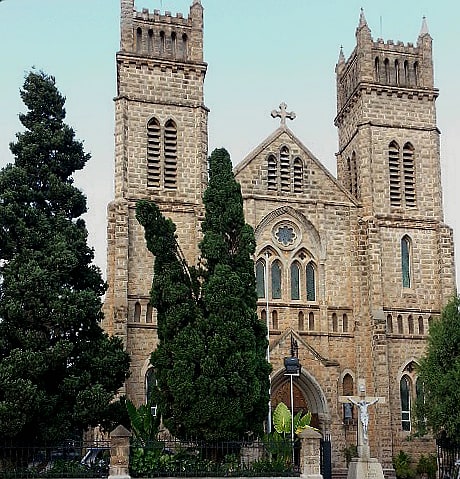
Catholic cathedral in Harare, Zimbabwe. The Cathedral of the Sacred Heart of Jesus is a religious building belonging to the Roman Catholic Church and is located on Fourth Street in central Harare, Zimbabwe.[2]
Address: Fourth Street/ Herbet Chitepo, Harare
Zimbabwe Museum of Human Sciences
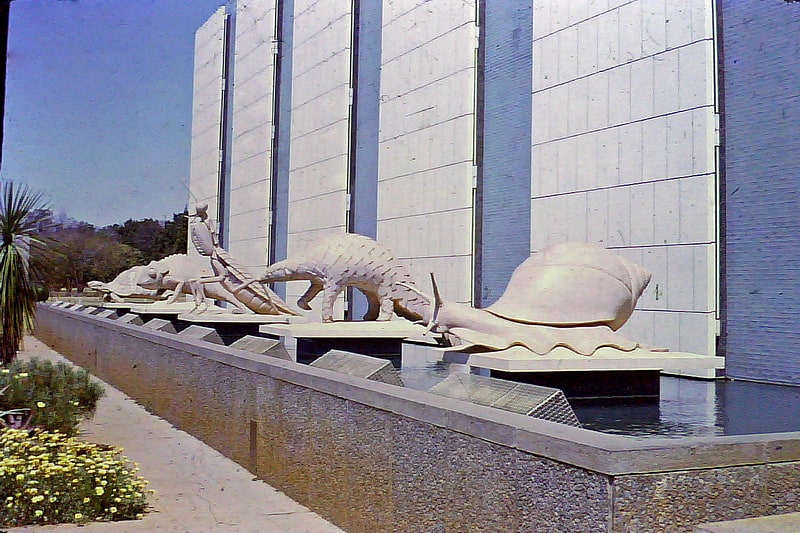
Museum in Harare, Zimbabwe. The Zimbabwe Museum of Human Sciences, formerly the Queen Victoria Museum, is a museum in Harare, Zimbabwe. The museum contains the seven-hundred-year-old Lemba artifact Ngoma Lungundu, which some believe to be a replica of the Ark of the Covenant. It is the oldest wooden object ever found in sub-Saharan Africa.[3]
Mbare Musika
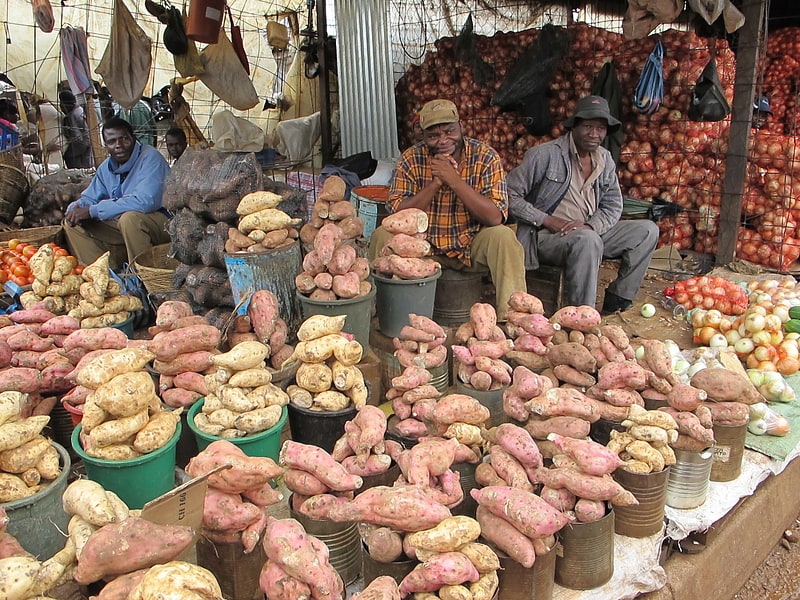
Shopping mall in Harare, Zimbabwe. Mbare Musika is the major trading market for vegetables and fruits in Mbare suburb of Harare, Zimbabwe. It acts as the distribution centre for agricultural produce in Zimbabwe. It is also the major bus station for rural bound and incoming transport. It has been the most important and significant trading and transport centre in Zimbabwe but has fallen into disrepair in recent years.[4]
National Heroes Acre
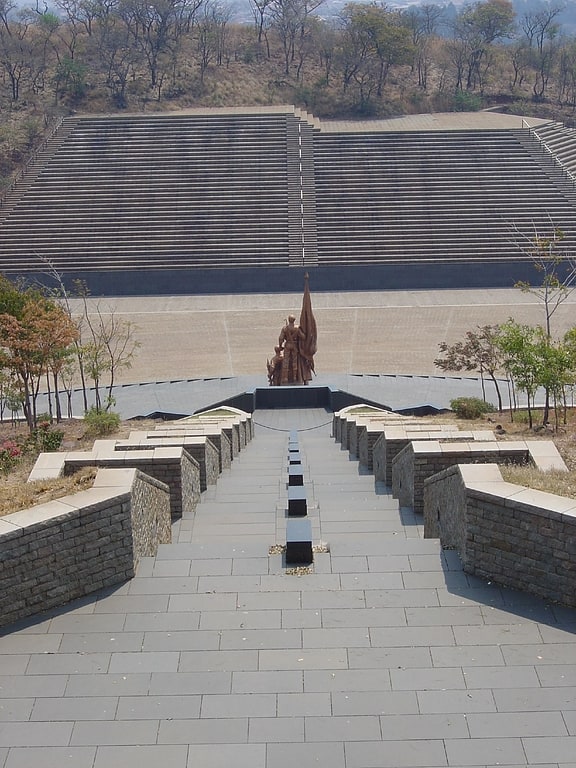
Burial ground. National Heroes Acre or simply Heroes Acre is a burial ground and national monument in Harare, Zimbabwe. The 23-hectare site is situated on a ridge seven kilometres from Harare, towards Norton. Its stated purpose is to commemorate Patriotic Front guerrillas killed during the Rhodesian Bush War, and contemporary Zimbabweans whose dedication or commitment to their country justify their interment at the shrine. Persons buried here are considered heroes by the incumbent Zimbabwe African National Union – Patriotic Front regime, which has administered the country since independence at 1980. Indeed, most of the recipients of the 'hero status' were known to be Zanu-PF sympathisers.
The actual monument itself is modeled after two AK-47s lying back-to-back; the graves are meant to resemble their magazines. The monument is an early example of work of the North Korean firm Mansudae Overseas Projects. It closely mirrors the design of the Revolutionary Martyrs' Cemetery in Taesong-guyŏk, just outside Pyongyang, North Korea.[5]
Balancing Rocks
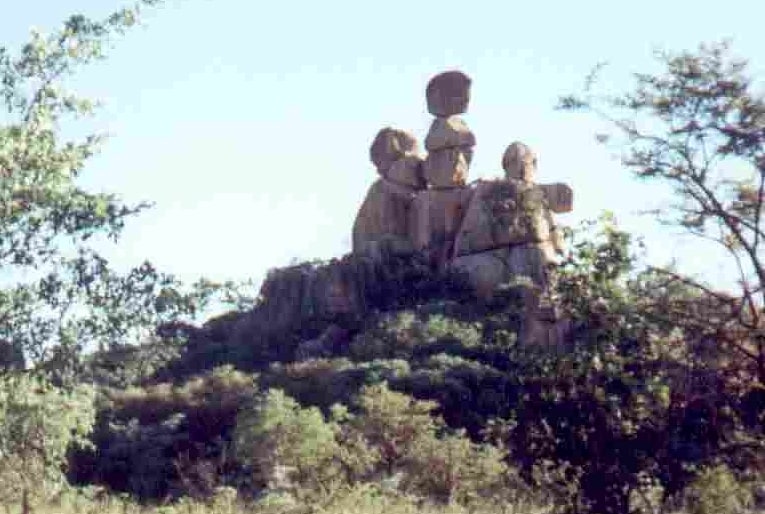
Geographical feature. The Balancing Rocks are geomorphological features of igneous rocks found in many parts of Zimbabwe, and are particularly noteworthy in Matopos National Park, and near the township of Epworth, to the southeast of Harare. The Reserve Bank of Zimbabwe featured the Chiremba Balancing Rocks on the outskirts of Epworth on Zimbabwean banknotes.[6]
Cathedral of St Mary and All Saints
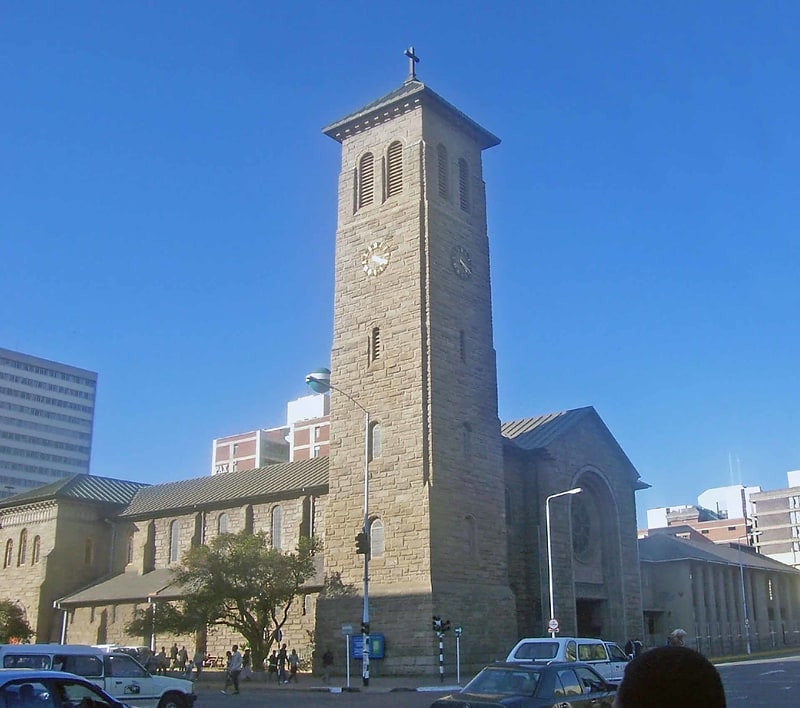
Cathedral in Harare, Zimbabwe. The Cathedral of St Mary and All Saints, Harare is an Anglican cathedral in Zimbabwe. The cathedral, located at the intersection of Nelson Mandela Avenue and Sam Nujoma Street in Harare, was begun in 1913 to plans by British architect Herbert Baker; he also designed the cathedrals of Cape Town and Johannesburg.[7]
National Botanic Garden
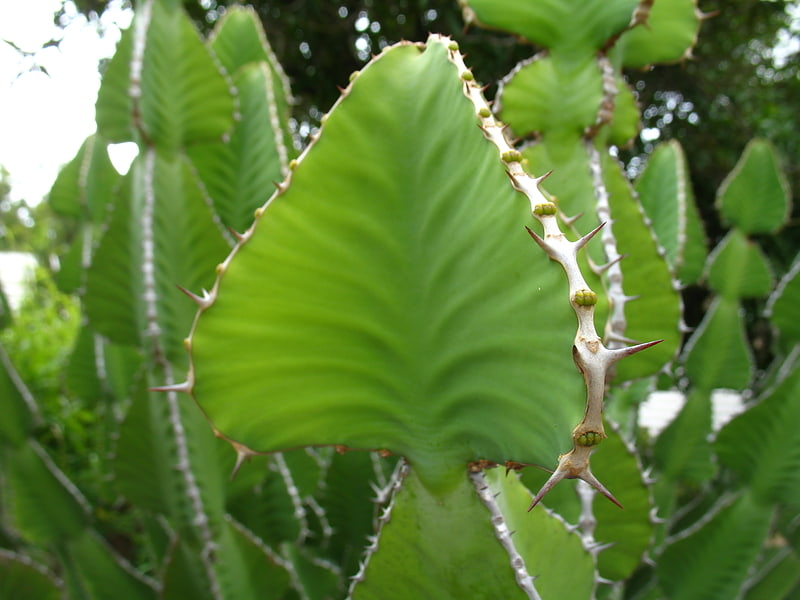
Botanical garden in Harare, Zimbabwe. National Botanic Garden of Zimbabwe is situated about 4 km North of Harare City Centre in the suburb of Alexandra Park. It also houses the National Herbarium of Zimbabwe. The gardens have an area of almost 7 square kilometres. It was initially established as a recreation area in 1902. In 1962 it became the National Botanic Gardens under the direction of Prof. Hiram Wild. Half of the gardens are devoted to indigenous plants from Zimbabwe's woodlands and include most of the 750 species found in the country. Other areas contain plants typical to the African continent including rare and endangered species, as well as exotics from South America, India, Australia and the Far East. It contains 90% of the different ecological habitats in found in Zimbabwe.
The name of the man who set up the Zimbabwe Botanical Garden is Hiram Wild who at the time was the head of the SRGH (Southern Rhodesian Government Herbarium). He appointed Tom Muller from Switzerland as the first curator 1961/1962. At this time the herbarium was an old building that eventually moved to new, custom built premises in the National Gardens (circa1967). By then Bob Drummond was in-charge as Dr. Wild had moved to the university as professor of Plant Taxonomy.[8]
Chapungu Sculpture Park

Sculptor in Harare, Zimbabwe. The Chapungu Sculpture Park is a sculpture park in Msasa, Harare, Zimbabwe, which displays the work of Zimbabwean stone sculptors. It was founded in 1970 by Roy Guthrie, who was instrumental in promoting the work of its sculptors worldwide. One way this was done was by exhibiting the sculptures in Botanical Gardens in a touring exhibition called "Chapungu: Custom and Legend — A Culture in Stone". The places visited include:
- (1999) Kirstenbosch National Botanical Garden, Cape Town, South Africa
- (2000) Royal Botanical Gardens, Kew, London, United Kingdom,
- (2001) Missouri Botanical Garden, St Louis, USA
- (2001) Boyce Thompson Arboretum State Park, Superior, USA
- (2002) Red Butte Garden and Arboretum, Salt Lake City, USA
- (2003) Garfield Park Conservatory, Chicago, USA
- (2003) Chicago Botanic Garden, Chicago USA
- (2004) Denver Botanic Gardens, Denver, USA
University of Zimbabwe
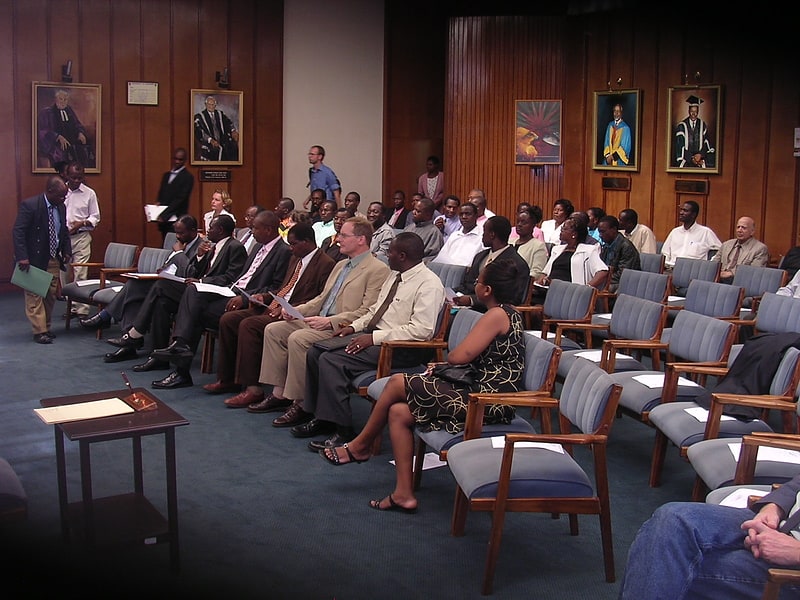
Public university in Harare, Zimbabwe. The University of Zimbabwe is a public university in Harare, Zimbabwe. It opened in 1952 as the University College of Rhodesia and Nyasaland, and was initially affiliated with the University of London. It was later renamed the University of Rhodesia, and adopted its present name upon Zimbabwe's independence in 1980. UZ is the oldest and best ranked university in Zimbabwe.
The university has nine faculties and one college (with faculties of Agriculture, Arts, Commerce, Education, Engineering, Law, Science, Social Studies, Veterinary Sciences and the College of Health Sciences) offering a wide variety of degree programmes and many specialist research centres and institutes. The university is accredited through the National Council for Higher Education, under the Ministry of Higher and Tertiary Education. English is the language of instruction. Although once a very successful university, UZ has been facing challenges since 2008 and now the university is on a rebounding drive. Major work is being done to uplift the status of the university. Refurbishments are being carried out on the main campus and many facilities are being upgraded to make the university an International Academic Brand. The university has faced criticism for awarding fraudulent degrees to members of the Mugabe regime, especially Grace Mugabe.[10]
UNICEF Zimbabwe
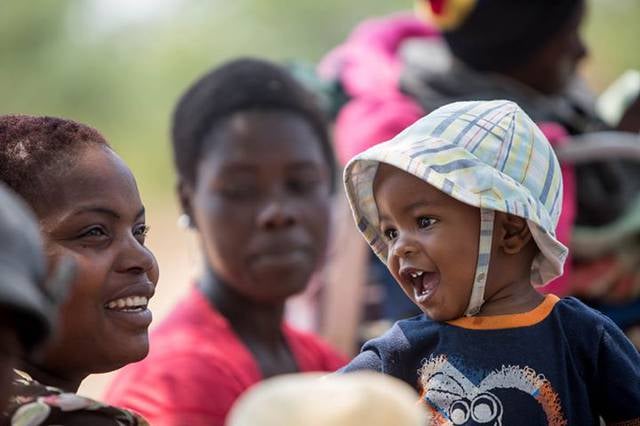
Address: 6 Fairbridge Avenue, Belgravia, Harare